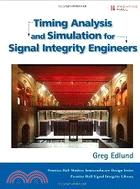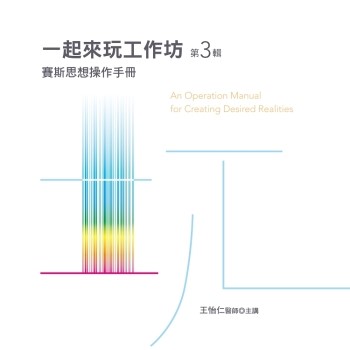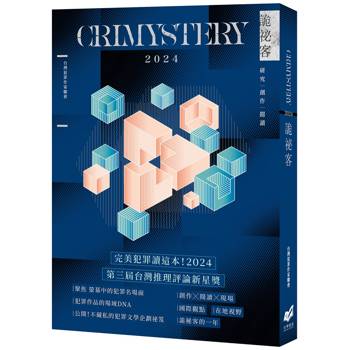| FindBook |
有 1 項符合
TIMING ANALYSIS AND SIMULATION FOR SIGNAL INTEGRITY ENGINEERS的圖書 |
 |
TIMING ANALYSIS AND SIMULATION FOR SIGNAL INTEGRITY ENGINEERS 作者:EDLUND 出版社:PRENTICE-HALL,INC. 出版日期:2008-01-01 |
| 圖書館借閱 |
| 國家圖書館 | 全國圖書書目資訊網 | 國立公共資訊圖書館 | 電子書服務平台 | MetaCat 跨館整合查詢 |
| 臺北市立圖書館 | 新北市立圖書館 | 基隆市公共圖書館 | 桃園市立圖書館 | 新竹縣公共圖書館 |
| 苗栗縣立圖書館 | 臺中市立圖書館 | 彰化縣公共圖書館 | 南投縣文化局 | 雲林縣公共圖書館 |
| 嘉義縣圖書館 | 臺南市立圖書館 | 高雄市立圖書館 | 屏東縣公共圖書館 | 宜蘭縣公共圖書館 |
| 花蓮縣文化局 | 臺東縣文化處 |
|
|
- 圖書簡介
Every day, companies call upon their signal integrity engineers to make difficult decisions about design constraints and timing margins. Can I move these wires closer together? How many holes can I drill in this net? How far apart can I place these chips? Each design is unique: there’s no single recipe that answers all the questions. Today’s designs require ever greater precision, but design guides for specific digital interfaces are by nature conservative. Now, for the first time, there’s a complete guide to timing analysis and simulation that will help you manage the tradeoffs between signal integrity, performance, and cost.
Writing from the perspective of a practicing SI engineer and team lead, Greg Edlund of IBM presents deep knowledge and quantitative techniques for making better decisions about digital interface design. Edlund shares his insights into how and why digital interfaces fail, revealing how fundamental sources of pathological effects can combine to create fault conditions. You won’t just learn Edlund’s expert techniques for avoiding failures: you’ll learn how to develop the right approach for your own projects and environment.
Coverage includes
• Systematically ensure that interfaces will operate with positive timing margin over the product’s lifetime–without incurring excess cost
• Understand essential chip-to-chip timing concepts in the context of signal integrity
• Collect the right information upfront, so you can analyze new designs more effectively
• Review the circuits that store information in CMOS state machines–and how they fail
• Learn how to time common-clock, source synchronous, and high-speed serial transfers
• Thoroughly understand how interconnect electrical characteristics affect timing: propagation delay, impedance profile, crosstalk, resonances, and frequency-dependent loss
• Model 3D discontinuities using electromagnetic field solvers
• Walk through four case studies: coupled differential vias, land grid array connector, DDR2 memory data transfer, and PCI Express channel
• Appendices present a refresher on SPICE modeling and a high-level conceptual framework for electromagnetic field behavior
Objective, realistic, and practical, this is the signal integrity resource engineers have been searching for.
Preface xiii
Acknowledgments xvi
About the Author xix
About the Cover xx
Chapter 1: Engineering Reliable Digital Interfaces 1
Chapter 2: Chip-to-Chip Timing 13
Chapter 3: Inside IO Circuits 39
Chapter 4: Modeling 3D Discontinuities 73
Chapter 5: Practical 3D Examples 101
Chapter 6: DDR2 Case Study 133
Chapter 7: PCI Express Case Study 175
Appendix A: A Short CMOS and SPICE Primer 209
Appendix B: A Stroll Through 3D Fields 219
Endnotes 233
Index 235
|











